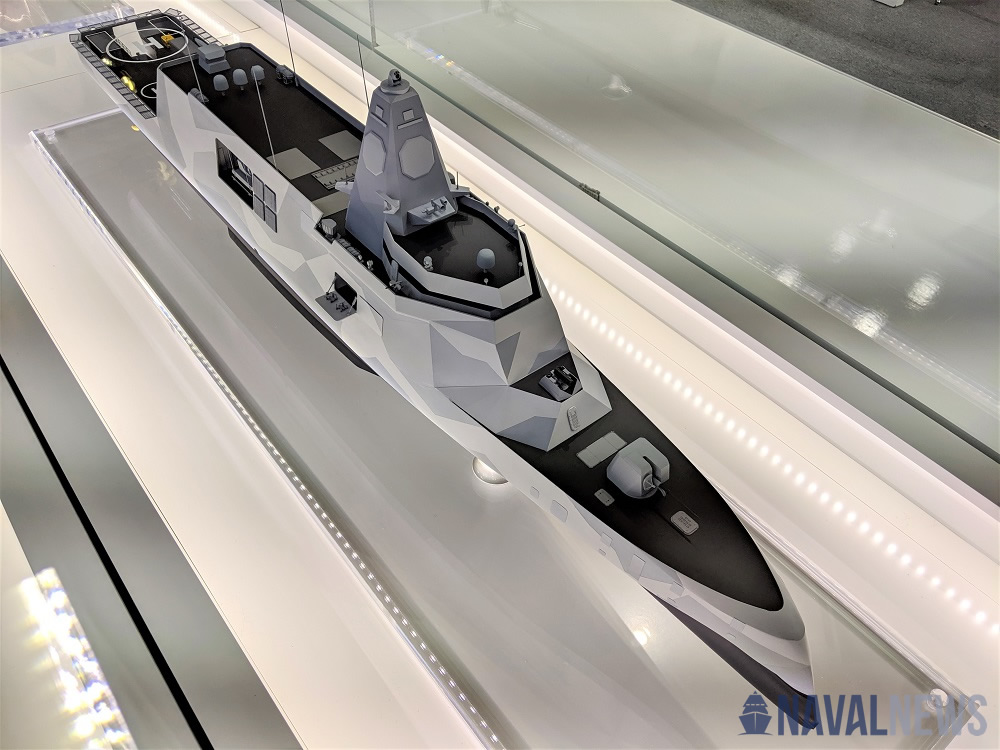RetirementIsGood
Member
Why not go for an all electric drive, with two diesel generators and one gas turbine generator?From what I've read, mostly RN stuff, a GP frigate (eg. ANZAC) spends most of its time operating at 15-18kts, whereas a specialist ASW frigate (eg. Type 23) operates on a more sprint-and-drift approach (to use the towed array sonar it drifts at give-or-take 5 kts, then has to kick into high gear at > 20kts to get back into position in the task group). For the RNZN, we tend to see more of the GP frigate profile (more than most other navies given the long transits we tend to do). Whether to design our next frigate for the GP profile is debatable, given the increase in submarines in the Pacific. Even an ASW frigate like the Type 23 spends most of it's time (in peacetime) operating as a GP frigate. The Type 23 gets by tolerably well as a GP frigate, certainly better than the Leander ever did (it's short range was due to the fact that they removed the cruise turbines the Type 12 design originally had, the connecting gearbox didn't work if I recall. In the Leander, the cruise turbine spaces were taken by the fin stabilizers to allow the helo to operate at higher sea states).
One possible model I've considered for a future RNZN frigate would be to adopt the Type 23's CODLAG propulsion system (the Diesel Electric would give excellent ASW slow-speed performance and an excellent range at a modest, maybe a little slow, cruise speed (<15kts). If you replaced the twin Speys with a single gas turbine, that might give you more internal space, for extra fuel, or to up the armament a little (say a pair of twin 40mm Dardo CIWS mounts in place of the 30mm cannons amidships). Going to a single GT would need a more complicated/heavier gearbox though (but no different than that on the ANZAC). If you could get the WR-21 gas turbine to work then that engine (in terms of power & efficiency) would just about be perfect. Unlike most gas turbines it could offer good efficiency on GT at low power levels. You could then run efficiently at 5kts & 15kts on diesel electric, >28kts on gas turbine at full speed, and perhaps also at a >20kt canter for high speed trans-tasman transits.
Two shafts, each with an electric motor drive, and three power sources which can be mixed and matched as needed. No complex connecting gearbox.


